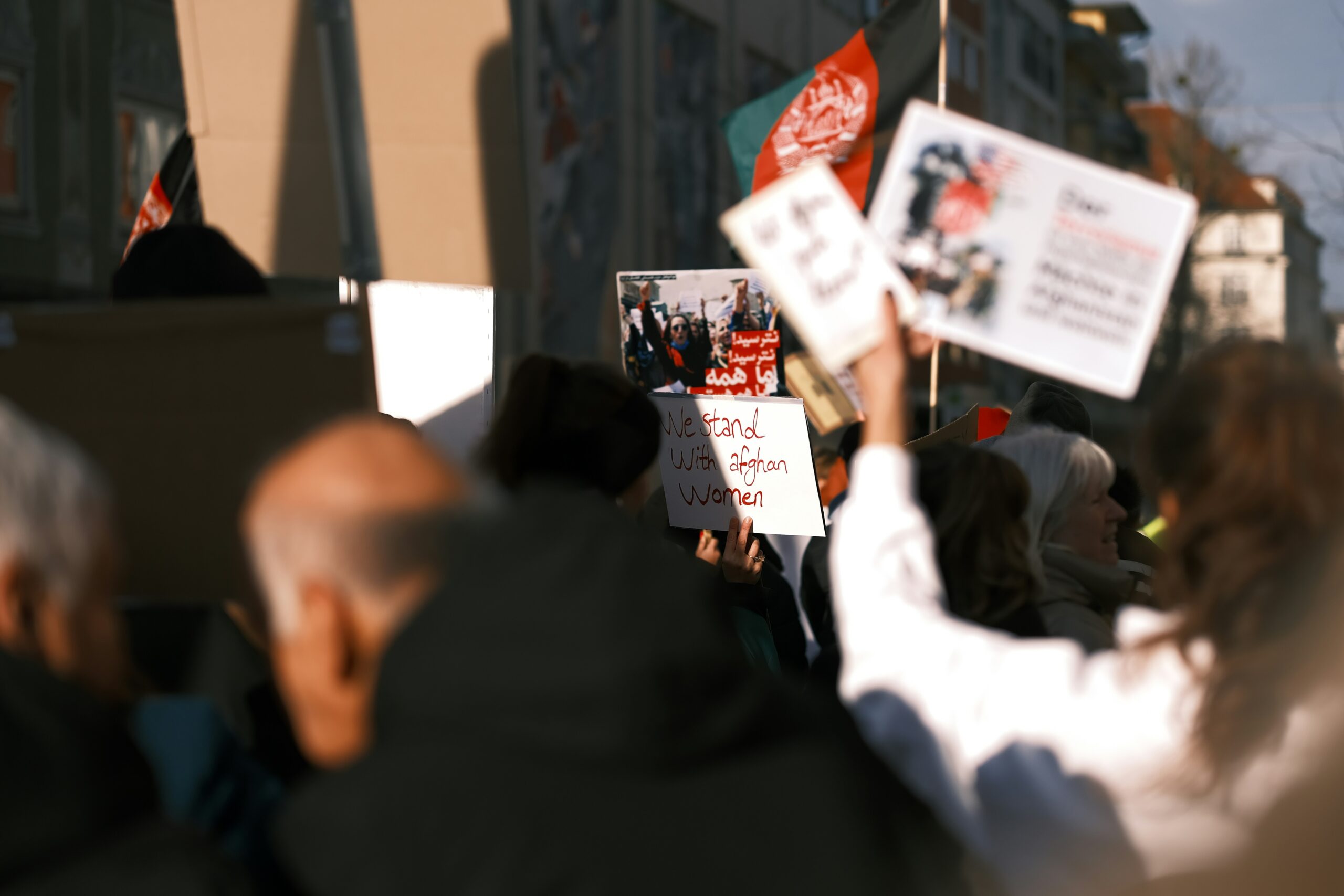
In a poignant display of dissent, hundreds of protesters converged outside The New York Times headquarters in New York City, expressing their fury over the recent killing of Al Jazeera journalists, including Anas al-Sharif, in Gaza. The demonstrators accused the paper and other major US media outlets of failing to adequately report on the incident, suggesting a deliberate blackout of coverage.
Key Facts
- The protest was sparked by an Israeli air strike in Gaza that resulted in the deaths of several Al Jazeera journalists.
- Protesters criticized The New York Times and other major US media for not sufficiently covering the incident.
- Al Jazeera’s Gabriel Elizondo reported live from the scene of the protest.
Background
The incident that ignited the protests involved a targeted attack by Israeli forces in Gaza, which led to the death of Al Jazeera journalist Anas al-Sharif among others. This event has raised significant international concern, highlighting the dangers faced by journalists in conflict zones and the role of media in reporting such critical incidents.
Protest Details
The demonstration in New York was marked by participants holding signs and chanting, demanding justice for the slain journalists and calling for greater transparency and accountability from US media. The rally reflects growing discontent with perceived biases in media coverage of international conflicts, particularly those involving Israel and Palestine.
Media Reaction and Coverage
While the protest directly targeted The New York Times, it also symbolizes broader accusations against Western media outlets. Protesters claim these organizations systematically underreport or misrepresent events in conflict zones, especially those that may portray ally nations in a negative light. The presence of Al Jazeera’s Gabriel Elizondo at the protest underscores the attention it has garnered and the complex dynamics of media reporting on such events.
What’s Next?
The fallout from the protest and the incidents leading up to it are likely to provoke discussions about media ethics, the safety of journalists in conflict zones, and the geopolitical implications of media coverage. These discussions are crucial as they touch on the integrity of news dissemination and the public’s right to be informed about global events impacting international relations and human rights.